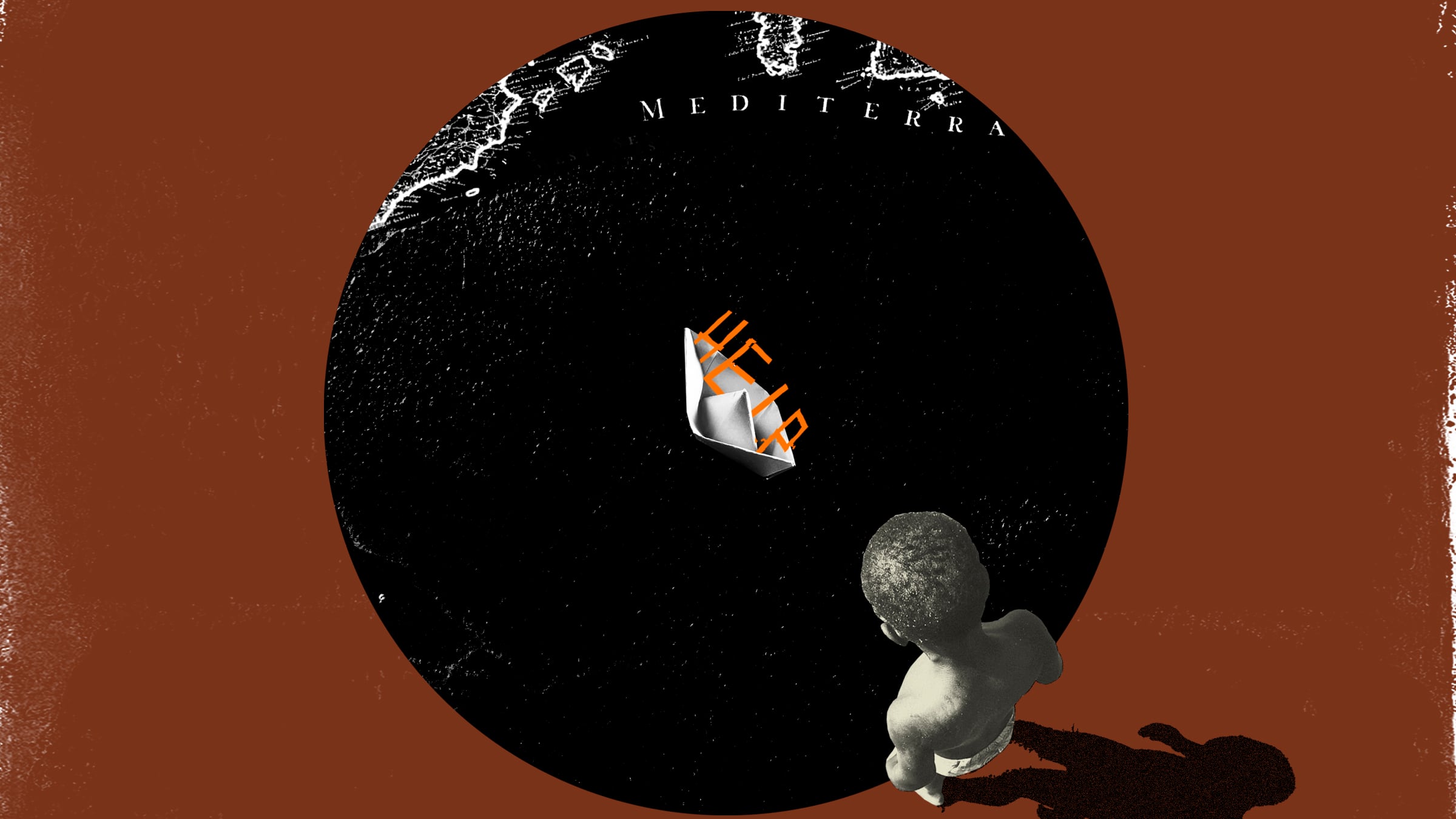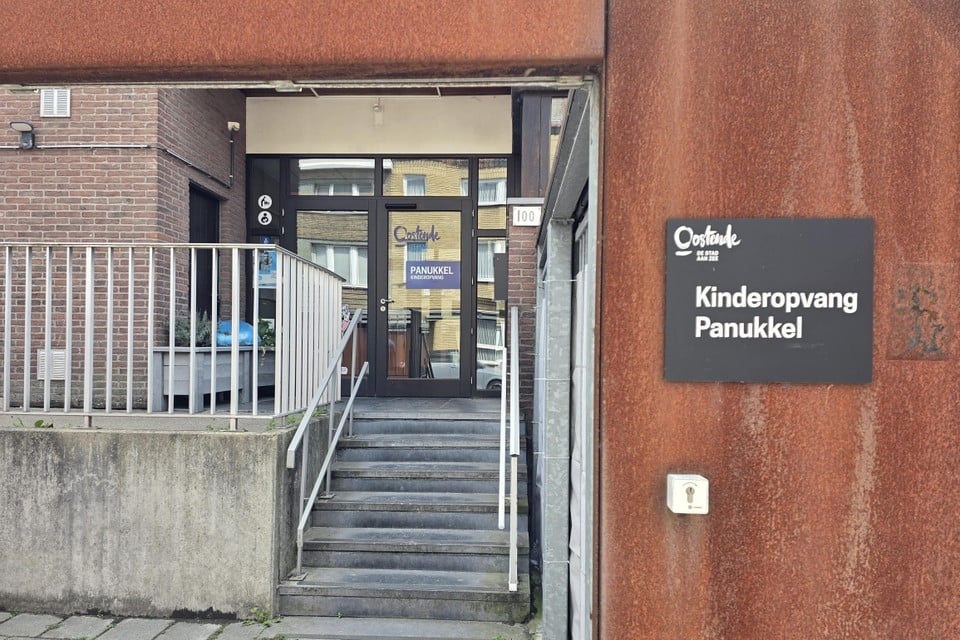Spain, the tenth country in deceased in traffic accidents of the European Union | Spain

Spain has been in 2024 in The tenth country with the lowest rate due to deaths in traffic accidents, With 35 fatalities for every million inhabitants, which places him ahead of some countries of reference in road safety such as Belgium (37 dead), Austria (38), France (48) and Italy (51). The European Union average during the past year has reached 44 deaths per million inhabitants, according to data from the European Commission, Con provisional figures of fatal victims on the roads The deceased have not been taken into account in streets and urban areas. During 2024, they lost their lives in the EU territory due to road accidents 19,800 people. This is a 3% decrease compared to the previous year and 600 less fatalities. Last year, 1,154 people died on Spanish roads, according to the balance presented in early January.
According to The General Directorate of Traffic (DGT), Spain is placed behind countries such as Sweden (with 20 dead per million inhabitants), Denmark (24), Netherlands (31) and Germany (33), among others. The general director of Traffic, Pere Navarro, stood out in a DGT state Registered figures also demonstrate That the common work of all « is doing results », especially given the characteristics of Spain, which do not occur in the countries around us: a park of six million motorcycles and 90 million tourists that circulate along Spanish roads. « In short, it is good news, which continues to position us as a country reference in road safety, » said Navarro.
Traffic highlights that the behavior of countries in 2024 has been unequal, despite which the mortality rates of the countries have not changed significantly: the safer roads are those of Sweden and Denmark. On the contrary, Bulgaria with 74 deaths per million inhabitants and Romania with 77 registered the highest mortality rates in 2024.
The DGT recalled that, for years, Spain has been selected by the European Commission to advise countries such as Greece or Romania. Representatives of the Hellenic country recently moved to the headquarters of the DGT to see In situ how it developed The Road Safety Policy in Spain with the Motorista collective. Last year, there was collaboration with Romania, which was advised on the safety of infrastructure, and with Bulgaria, to which there were details of the formation to obtain the driving card. The transfer of knowledge also occurs with other nations that do not belong to the EU. They are offered to Latin American countries, such as Chile, and Africans (Mauritania).
Measures already put in place
The European Union intends to modify the European Directive of Driving Permits, as approved last Monday. It already has the provisional agreement of the Council and Parliament, which are the previous steps so that they can be backed by the members of the Council. These changes collect measures that were already adopted by Spain years ago, the DGT has stressed today. Among these modifications, the digital driving card is available from 2030 that it is recognized by all EU member states. Spain launched in March 2020 the MIDGT application, through which the citizen could carry their digital driving permit on the mobile, with the same validity as the physicist. Since its launch they are used by more than seven million Spanish drivers.
Another significant changes that are introduced is The obligation to allow driving accompanied since the age of 17 to obtain the B driver’s license – tourisms and motorcycles up to 125 cubic centimeters. This type of driving has already been developed in some countries such as France and Germany. In Spain, although the measure is under study, there is no great demand for its implementation. According to the directive, the driving accompanied since the age of 17 for permission B will be mandatory in all EU countries. In the case of professional drivers, Member States may choose whether to implement it or not. At the moment, Spain does not contemplate this option.








